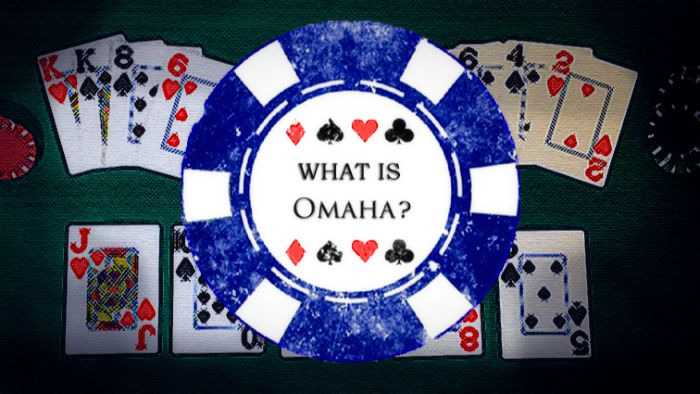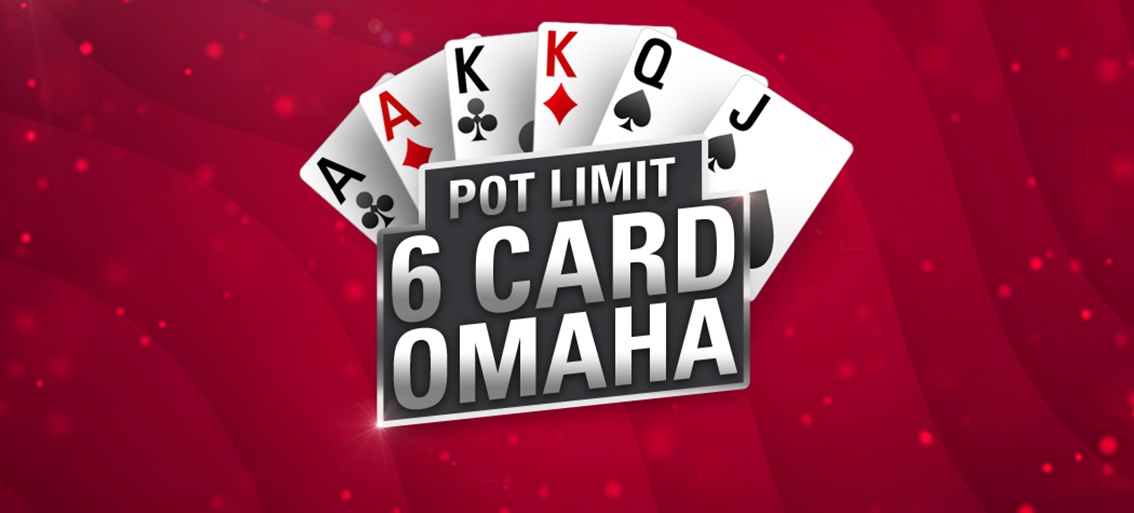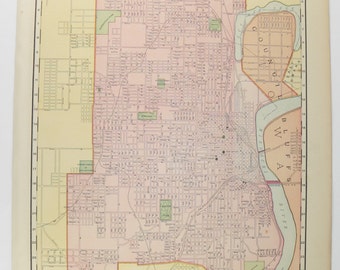Superior Honda Of Omaha 4111 S. 144th St, Omaha, NE 68137 1-844-898-7807. Omaha Smart Card, Omaha, Nebraska. The Smart Card features businesses in Omaha Nebraska which offer discounts on products and services to cardholders in the local area.

- Omaha High - Players and Cards - Deal and Betting - Showdown - Variations
- Five Card Omaha - Six-Card Omaha
Introduction
Omaha is a fairly recent poker variant. It seems that it was first introduced in the 1980's, but it quickly achieved great popularity among casino and tournament players. In Omaha, each player receives four private cards and there are five community cards on the table. In the showdown exactly two private cards together with three community cards must be used to make the player's best hand.
This page assumes some familiarity with the general rules and terminology of poker. See the poker rules page for an introduction to these, and the poker betting and poker hand ranking pages for further details.
Omaha High
Players and Cards
From two to ten players can take part. A standard international 52-card pack is used.
The Deal and Betting
Omaha is usually played with no ante, but with blinds. When there are more than two players, the player to dealer's left places a small blind, and the next player to the left a big blind. The big blind is equal to the minimum bet and the small blind is typically half that amount. When there are only two players (a 'heads-up' game), the dealer places the small blind and the non-dealer the big blind. Omaha High is often played with a pot limit betting structure, though other limits are possible - see betting limits for details. 'Pot Limit Omaha' is often abbreviated to PLO.
The cards are shuffled and cut, the dealer 'burns' one card and then deals the cards one at a time face down until each player has four cards. These are known as the player's hole cards or pocket cards. Players may look at their four hole cards and must not show them to any other player.
The first betting round is begun by the player to the left of the big blind. The blinds count as bets, so the small blind need only pay the difference between the blinds to call. The big blind player acts last and is allowed to raise, even if the other active players have all called.

After the first betting round the dealer burns one card and deals three cards face up to the table. These three cards are known as the flop. There is then a second betting round begun by the first active player to the left of the dealer seat.
When the second betting round is complete, the dealer burns a card and then deals one card face up to the table. This card is known as the turn or fourth street. There is then a third betting round, again begun by the first active player to the left of the dealer seat.
After the third betting round the dealer burns another card and deals one more card face up - the river or fifth street. There is fourth and final round of betting before the showdown, again begun by the first active player to the left of the dealer seat.
The Showdown

Active players show all four of their cards in clockwise order, beginning with the who was the last to bet or raise in the final betting round. If everyone checked in the final betting round, the first active player to the left of the dealer seat is the first to show. See the betting and showdown page for further details.
Each player makes the highest possible five-card poker hand using exactly two of their own cards with exactly three of the face-up table cards, which are known as the board.
Note that:
- For a hand to be considered for winning the pot, the player must show all four hole cards, even though only two of them are used to make the best hand.
- The cards speak for themselves: the best hand is entitled to win the pot if shown, even if the owner does not realise that it is the best hand.
- As always, poker hands consist of just five cards. The two unused hole cards and two unused board cards have no bearing on whether one hand is better than another.
Variations
The Swedish variant Sviten Special is described on a separate page.
Omaha High-Low 8 or Better
Omaha is very often played in such a way that the pot is split between the players with the highest and lowest hands. Since a low hand has to have no card higher than 8 to win its share of the pot, the game is called Omaha High-Low Eight or Better or Omaha/8 for short. This is commonly played as a fixed limit game. The deal is the same as in Omaha High, described above, but with fixed limits the size of the bet doubles after the turn card is dealt, so that the third and fourth betting rounds are played with big bets.
At the showdown, each active player makes their highest hand and their lowest hand. Each of these hands must use exactly two hole cards (but not necessarily the same two cards for high and for low) and exactly three board cards (but not necessarily the same three). When making a low hand, the five cards must all be of different ranks, the aces count as low, straights and flushes do not count, and no card can be higher than an 8. So the best low hand is A-2-3-4-5 and the worst is 8-7-6-5-4. Cards are compared from the top down, so 7-5-4-3-2 is better than 7-6-3-2-A because the 5 is lower than the 6.
In this game the cards speak for themselves. This is important because some hands can be quite confusing to read. In a formal game the non-playing dealer will read the hands and tell the players what they have, but in any case it is the duty of all players to try to ensure that the the highest and lowest hands are correctly identified, and to speak up if any hand is wrongly evaluated.

Example: player:
board:
This player has a club flush A-8-6-4-2 for high (not a full house, which would use three hole cards). The low hand is 6-4-3-2-A using the 2 and either a 6 or the 4 from the the player's hand.
The pot is split equally between the highest hand and the lowest hand. If players tie for highest or for lowest, that half of the pot is divided equally between them. If none of the active players qualifies for low (which will automatically be the case if there are not three different cards lower than 9 on the board), then the player with the highest hand wins the whole pot.
Other sites
O8 Poker is dedicated to Omaha Hi/Lo 8 or better, giving rules and advice, offering a personal coaching service, and providing brief reviews of some sites where it can be played online.
Five Card Omaha
This is exactly like normal Omaha except that each player is dealt five private cards. As in four-card Omaha, hands are formed of exactly two private cards with exactly three board cards. There are five-card versions of Omaha High and of Omaha/8. These games, and the six-card game below, are sometimes known as Big O.
Six Card Omaha
This is the same as normal Omaha except that each player is dealt six private cards. As usual, hands must use exactly two private cards and three board cards.
Omaha Cards Rules
Courchevel
This variant is popular in France and has spread to other parts of Europe, including the UK. Five hole cards are dealt to each player and in addition, one card is dealt face up to the table before the first betting round. After the first betting round a card is burned and two more are dealt face up to the table to complete the three-card flop, and there is a second betting round. Then as in normal Omaha a fourth table card (the turn) is dealt face up followed by a third betting round, and a fifth table card (the river) is dealt, followed by a final betting round. In the showdown, players must use exactly two of their five hole cards together with exactly three of the five table cards to make their hand, and the best hand wins the pot.
Omaha Sports Cards
Binglao
Omaha Cards Online
This is a Pot Limit Omaha (PLO) variant that has been played several times in the Norwegian Poker Championship week in Dublin, Ireland. Before each deal the player holding the dealer button rolls a 6-sided die. The result of the roll determines how many private cards will be dealt to each player and whether the game will be High or High-Low 8 or Better.
Omaha Cards Rules
| Die Roll | Cards per player | Game type |
|---|---|---|
| 1 | 4 | PLO High/Low |
| 2 | 5 | PLO High/Low |
| 3 | 6 | PLO High/Low |
| 4 | 4 | PLO High |
| 5 | 5 | PLO High |
| 6 | 6 | PLO High |
Omaha Cards Online
In tournamentsthe game is often listed as 'Binglao 6 max' which probably means that not more than 6 players are allowed at a table, though it would in fact be possible for 7 people to play without running out of cards.